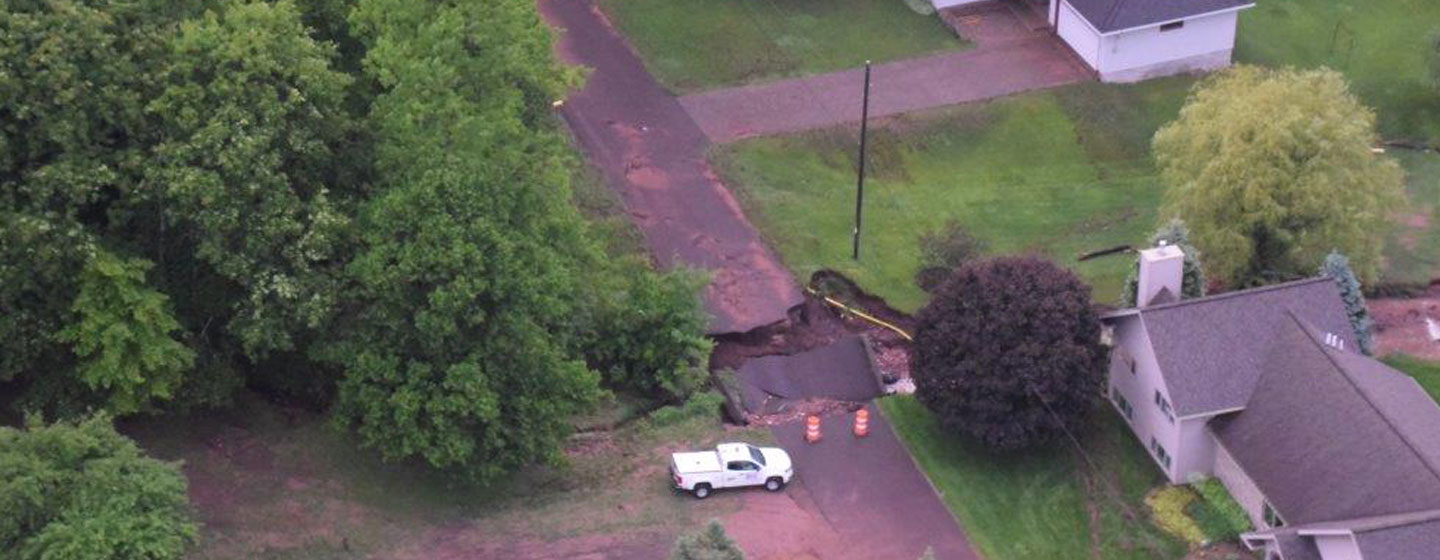
Scientist says many in area lack a “sense of urgency”
Is the extreme weather that wreaked havoc on parts of Michigan’s Upper Peninsula this week a storm event that can be set aside as an aberration?
Video courtesy of ABC 10 – WBUP/WBKP Central and Western Upper Peninsula Michigan.
No, says science professor Nancy Langston who teaches at Michigan Technological University located in Houghton, ground zero for the storm.
Langston told Great Lakes Now that following similar historic storm events in 2012 and 2016, the 2018 version “should be considered the new normal.”
Langston is a Great Lakes researcher, environmental historian and author of Sustaining Lake Superior: An Extraordinary Lake in a Changing World.
With the caveat that weather isn’t the climate, she hopes this storm serves as a wakeup call for the region to focus on preparation and ways to mitigate the effects of the next big weather event and climate change.
“We have to embrace mitigation so we aren’t constantly playing catch up,” Langston says.
In an official Declaration of Disaster, Michigan Gov. Rick Snyder said the storm caused “widespread and severe damage to infrastructure, homes, businesses and public facilities” in Houghton and Menominee counties.
The declaration also noted the public health threat from contaminants that could have been released into the environment as a result of the storm.
Great Lakes Now asked the governor’s office how Michigan can better prepare and provide funding to deal with future extreme weather in the Upper Peninsula, given its low population and small tax base.
“It’s critically important for Michigan to have plans and resources in place to respond quickly and appropriately when emergency situations occur,” Deputy Press Secretary Jordan Kennedy said.
The Michigan State Police facilitates preparedness trainings with local emergency managers and first responders with the support of federal grants that are administered by the state, according to Kennedy.
Thunder Bay, Ontario didn’t think adaptation and mitigation for climate change should be a priority until a massive 2012 storm destroyed 5,000 homes and left the wastewater treatment plant under 45 feet of water. The disaster prompted the city to embark on a strategy to become a climate-ready city.
Michigan Tech’s Langston says she is worried about the slow pace of planning for a future where extreme weather is the new normal.
“Many U.P. residents don’t seem to have a sense of urgency,” she says.
1 Comment
-
I think this is not taking in to the fact, that extreme weather already and always has been normal in the Upper Peninsula, this is a land of people that have lived through years with 300 inches of snow, and some snowstorms with 30+ inches in 24 hours. Snowstorms that last days. Massive storms on the lakes. Extreme cold with days to weeks below 0, and some years extreme hot in a place many do not have air conditioning.




